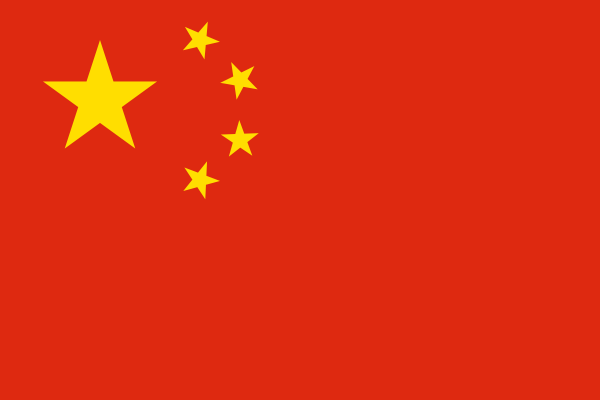China has banned the export of critical high-tech materials, including gallium, germanium, antimony, and other essential minerals, to the United States. These materials are pivotal to industries such as electronics, semiconductors, renewable energy, and defence, Mining Zimbabwe reports.
By Rudairo Mapuranga
The ban has already sparked concerns about its impact on global supply chains and the future of technological innovation in the U.S.
Gallium, germanium, and antimony are crucial for producing semiconductors, smartphones, solar panels, and night vision technology. The U.S. tech and defence industries, which heavily rely on these minerals, may face significant disruptions.
According to Guillermo Farrell, a news analyst:
“China’s mineral export ban is a tech cold war power move: gallium, germanium, and antimony—key to U.S. semiconductors—off the table. The global supply chain scramble has begun. Trade wars aren’t fought with tariffs anymore, they’re fought with the periodic table.”
With China producing about 98% of global gallium and 60% of germanium, the ban could create shortages, drive up prices, and delay production in industries reliant on these materials. Companies might struggle to meet demand, affecting everything from consumer electronics to military hardware.
The global supply chain remains heavily dependent on China for these minerals. The U.S. has limited domestic production of gallium and germanium, meaning it must either seek alternative sources or develop its own to reduce dependency on Chinese exports. However, this is easier said than done.
Some experts argue that while alternative sources exist, such as gallium being a byproduct of aluminium production and germanium from zinc, they are not sufficient to replace China’s output. A mining expert noted:
“Gallium from aluminium and germanium from zinc have many sources, but the infrastructure isn’t in place to recover them at scale. We’ll see a surge in recovery efforts as prices increase, but it won’t be an overnight fix.”
The ban could profoundly impact the timeline for technological innovation in the U.S., particularly in critical sectors like artificial intelligence, advanced computing, and defence. As Daniel Jeffries, a U.S. futurist, points out:
“We use these materials in chips, phones, nukes, night vision goggles, and more. If China continues to tighten control over these exports, it could cripple key industries.”
This also raises geopolitical concerns, especially as China works to reduce its reliance on Western technology and infrastructure. The ongoing “chip wars” have already seen tit-for-tat actions, with the U.S. restricting exports of high-tech chips to China. According to Jeffries, China is now focused on “recreating the global chip pipeline,” a process that will take time but could eventually isolate U.S. tech companies from critical resources.
Many experts believe this move by China could be a direct response to past U.S. tariffs and sanctions on Chinese tech products, particularly during the Trump administration. The question now is whether this will trigger another round of trade conflicts between the two global superpowers.
When asked about this possibility, some industry analysts were cautious:
“It’s too early to say anything with certainty. However, tensions are rising, and we may very well see another trade war similar to the one we witnessed during Trump’s presidency,” one expert commented.
With Donald Trump winning his second term as U.S. President, any policy shifts could further escalate tensions between Washington and Beijing.
As China tightens its grip on the supply of critical materials, the U.S. and other nations face the challenge of adapting to this new reality. Farrell emphasizes:
“The chip wars are forcing China to recreate the global chip pipeline. It will take time, but they will do it. Then what’s to stop them from using their control over high-tech materials as leverage in other geopolitical issues?”
The impact of this ban will likely be felt for years, with industries, governments, and investors scrambling to find solutions. One thing is clear: the race for critical minerals is on, and the outcome will shape the future of technology and global power dynamics.





